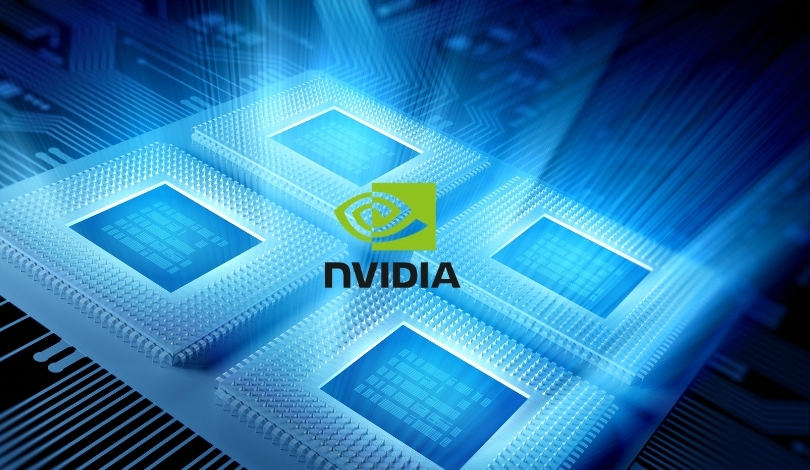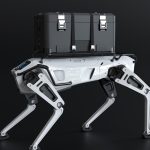Nvidia‘s CEO, Jensen Huang, captivated the audience as he returned to his birthplace, Taipei, to address Computex 2025. His keynote highlighted not just technological advancements in artificial intelligence but also emphasized the company’s expanding role as a comprehensive provider of A.I. solutions. Through outlining new technologies and partnerships, Huang painted a picture of Nvidia’s future, which now includes significant contributions to global A.I. infrastructure. Attendees were given a glimpse into how Nvidia plans to further integrate its technology across a range of industries worldwide.
In recent discussions, Nvidia has been noted for its shift from a focus primarily on graphics processing to becoming essential in A.I. development. The firm’s increasing collaboration with partners like Foxconn and governments complements its growing contributions in A.I. system evolution. Past announcements have similarly stressed extending Nvidia’s infrastructure, yet the current positioning of A.I. factories and system integrations shows a more substantial commitment to reshaping global tech landscapes.
What are “A.I. Factories”?
“A.I. factories” was a term introduced by Huang during his address, describing them as pivotal infrastructures akin to industrial revolution keystones of the past. Establishing this concept underscores the importance of these facilities for producing valuable A.I. outputs. These factories are set to form the cornerstone of how countries build their future technological capabilities under the emerging era of accelerated computing. Investing in such infrastructures promises notable economic impacts and positions Nvidia at the heart of this development.
How Will NVLink Fusion Transform A.I. Design?
The announcement of NVLink Fusion marks a significant step in the advancement of A.I. system design. This interconnect architecture expansion allows third-party processors to integrate more seamlessly with Nvidia’s ecosystem. By partnering with technology leaders such as Qualcomm and MediaTek, Nvidia aims to innovate A.I. systems further, creating tailored solutions that meet diverse needs across various sectors, reflecting a blend of collaborative growth and technological innovation.
What Impact Will Taiwan’s A.I. Supercomputer Bring?
Launching a supercomputer in Taiwan, Nvidia seeks to reinforce the country’s position as a global A.I. leader. This initiative, in collaboration with Foxconn and the Taiwanese government, promises to bolster local capabilities in research and innovation. Utilizing 10,000 Blackwell GPUs, this infrastructure will serve not just local industries like TSMC but also stimulate advancements in robotics and automation across the region. Such an initiative signifies a strategic move to harness and cultivate local talent and technological potential.
Addressing labor shortages with robotics was a highlight of Huang’s keynote. The introduction of the Isaac GR00T N1.5 platform indicates Nvidia’s endeavor to integrate A.I.-driven robotics into labor-intensive industries. By combining this with a virtual training environment, Nvidia is pushing forward the boundaries of robotics capabilities, proposing solutions to longstanding challenges in data acquisition and task execution in varied sectors, from logistics to healthcare.
Nvidia’s DGX Spark introduction signals a step towards democratizing A.I. by providing access to powerful computational resources without the need for large-scale infrastructure. This desktop supercomputer opens opportunities for smaller research entities and individual developers to engage with A.I. technologies at unprecedented scales. Such access can foster innovation across domains, allowing for a broader participant base in ongoing A.I. advancements.
The revelations made at Computex 2025 expand on Nvidia’s multifaceted approach to A.I. development, illustrating a deliberate shift toward enabling more widespread access to powerful technology. Each announcement, whether the introduction of new architectures or fostering regional hubs, represents Nvidia’s intention to remain at the forefront of technological advancement, supporting a future driven by efficient and accessible technological infrastructures.










